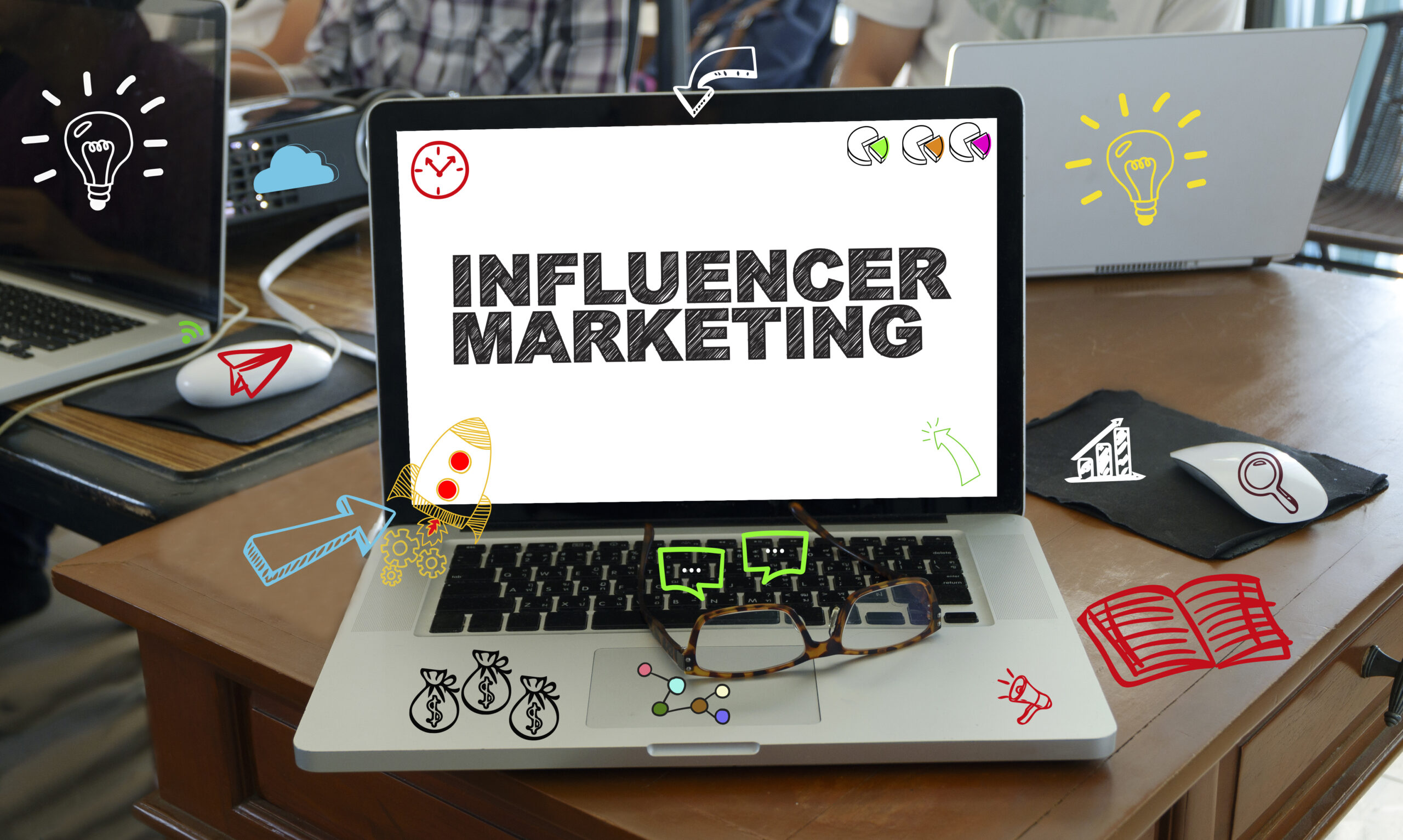
With more marketers realizing the goldmine that is content marketing, the challenge to tower above the rest is stiffer than ever. There is more than enough content for the average consumer to consume while the rest are left with little to no engagement at all. So how can a content marketer cut through all that content noise?
Looking through the lens of Psychology might be the answer. Marketers, after all, make use of psychological principles to interpret consumer behavior. It just makes sense to reinforce the field of study in content marketing as the latter’s end goal is to get prospects to take action. By understanding the motivations, content marketers can device more compelling strategies to attract the attention of the audience.
Here are five psychological-backed tips that can help every marketer reach greater content marketing success:
Reciprocity
This is essentially the Golden Rule put into a psychological perspective: the theory proposes that people will likely respond positively to an equally positive action. This also goes the other way around.
Applied to content marketing, you have a great chance to build a strong and loyal relationship with your audience if you give something that adds value to their lives or knowledge. You are already doing this by creating valuable content but you can take it a further by, say, giving away free ebooks or tutorials in the form of podcasts. If your brand offers a service, put it up on a free trial period for your customers to experience. In return, they can give you your email address and can be active followers of your brand.
These little things will make them feel valued and they will return the gesture accordingly.
Information Gap Theory
Information Gap describes the natural curiosity we develop when there is a disconnection between the information we already know and what we still want to know. When we sense that something is not right, our brain is triggered to have an emotional response, resulting in that mental itch to know what the truth is.
So spark interest and create curiosity by using attention-grabbing headlines. Turn an otherwise simple subject into an intriguing one and you achieve this by drawing them right in with a playful headline. But of course, make sure that your content is something your audience would be curious about.
Scarcity
Scarcity is described in Social Psychology as man’s tendency to put less value to commodities that are in abundance and more on those he believes are rare. Put in your content perspective; try claiming that your piece of information is exclusive to you and you alone. Offer ebooks and free webinars at a limited time. People get excited by things that might not be around for long.
Using buzz phrases like ‚’Don’t miss your chance‚’ and ‚’If you don’t give it a try, you’ll miss out‚’ are sure to get your audience moving asap.
Paradox of Choice
The Paradox of Choice theory states that limiting the choices to a certain range will likely drive the customers to make a purchase because apparently, more isn’t always better. According to More Isn’t Always Better, there is such a thing as too much choice—consumers are hardly buying anything at all and are dissatisfied when they do.
With that in mind, consider producing content materials that focus on two to three major points at a time. While it’s good to be generous, you can’t predict their reaction once they feel overwhelmed with information or statistics. Make it clear and straightforward. Also, offer them an action to take after they have read your content like sharing it to their friends or reading a similar story.
Social Proof
Ever wonder why subcultures exist? Social Proof theory can explain it.
The social proof phenomenon happens when a person or a group actively mimics or follows the actions of a particular person or another group of people they trust. This is rooted in the desire to conform, especially if a lot of people are already doing it so capitalize on their fear of missing out.
In content marketing, this works when your audience realizes that their peers are forming an opinion regarding certain issues or stories as it draws your audience to do the same. You can achieve this by adding social plug-ins and sharing buttons that display the number of people that have shared or liked your posts. Encourage them to leave comments and share a previous positive experience with your product. If you can have popular personalities talk about your product, the better.
Going inside the head of your audience is one of the best tricks you can do to enhance your content marketing strategy because it’s their behavior toward the brand that you are after, at the end of the day. Through Psychology, you will be able to predict, know and work around what makes your audience tick and will ultimately give your brand a higher chance of influencing them.

















